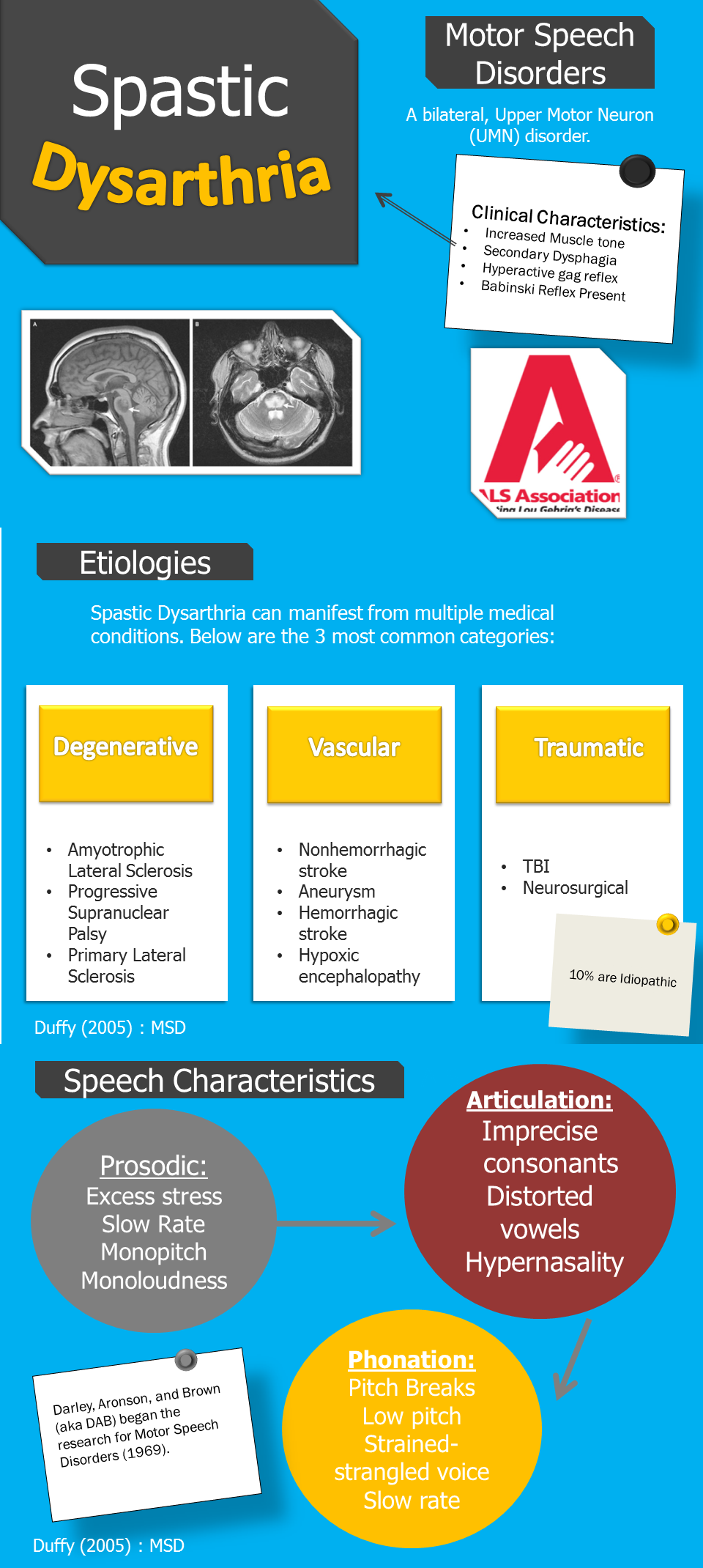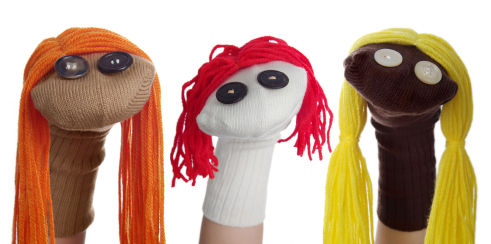4 Speech Therapy Activities for Kids with Dysarthria
Traumatic brain injuries, tumors, cerebral palsy, MS, Guillain-Barre syndrome, Lyme disease, and more – these can all be the culprits of the speech disorder known as dysarthria. It is characterized by symptoms such as abnormal rhythm (intonation) during speech, hoarseness and other voice quality issues, mumbled or slurred speech, inappropriate rates of speech (too fast or too slow), and inadequate tongue, lip, and facial muscle control. The severity of these symptoms can vary greatly depending on the cause. Evaluation and individualized treatment plans by a speech-language pathologist are valuable, and the following are four speech therapy activities for kids with dysarthria that can provide improved speech quality.

Image Courtesy of slpecho.wordpress.com
Speech Therapy Activities for Kids with Dysarthria
1. Short and Sweet
Automated speech processes are those that don’t require extensive thought. Think of it as the difference between telling someone your favorite food and having a conversation about the best way to prepare a holiday meal. These fill in the blank and single-word-answer questions remove the pressure of conversational speech and focuses on articulating short and specific sounds.
- My favorite color is…
- I love to eat…
- My name is…
- How old are you?
- What day is it today?
2. I’ve Got Rhythm
Besides asking for short answers to questions or fill in the blank statements, focused practice on singular words can be done through creating pairs, using similes, or asking for opposites, such as:
- Hot and [cold]
- Wet and [dry]
- Mom and [Dad]
- Quick as a [wink]
- Over and [under]

Image Courtesy of suitelife.com
3. Puppetry
Some children with dysarthria benefit from increased used of gestures while speaking to emphasize what they are trying to convey and improve the quality of their conversations.
- Sock puppets encourage simple hand movements, and longer socks can even mean that your child includes the forearm in the action which can make for more dramatic gestures.
- If you’re looking for more defined hand gestures as a part of communication, take an inexpensive pair of gloves and glue on wiggly eyes to each finger, some yarn hair, and maybe even a felt smile.
4. Sing a Song
Bring a little music into your child’s world. Music therapy has been shown to be beneficial for many areas of speech and language development, and when it comes to dysarthria there is no exception. However, in order for it to be effective, Felicity Baker and Jeanette Tampin, authors of Music Therapy Methods in Neurorehabilitation: A Clinician’s Manual, describe important things to consider for song choice.
- For Articulation – Choose songs to sing with your child that target the sounds that are the most challenging. In most cases, when those target sounds are at the beginning of the last word in the line or verse it has the most benefit. Some examples might be:
Down By The Bay [practices long vowel sounds at the ends of phrases] Down by the bay, where the watermelons grow, back to my home, I dare not go….
- For Respiratory Practice – Children can either be encouraged to sing themselves or you can provide a song with a clear, distinct, and predictable rhythm. Encourage your child to inhale on one part of the song and exhale on the other. Breathing control helps lead to better speaking skills.
The speech therapy activities for kids with dysarthria can vary widely depending on the specific causes and severity. These four activities can provide additional therapeutic support, require few resources, and can be done in short segments of time. However, perhaps one of the most important things to remember is to give the child plenty of uninterrupted time to speak – some of the best medicine for kids with dysarthria.


